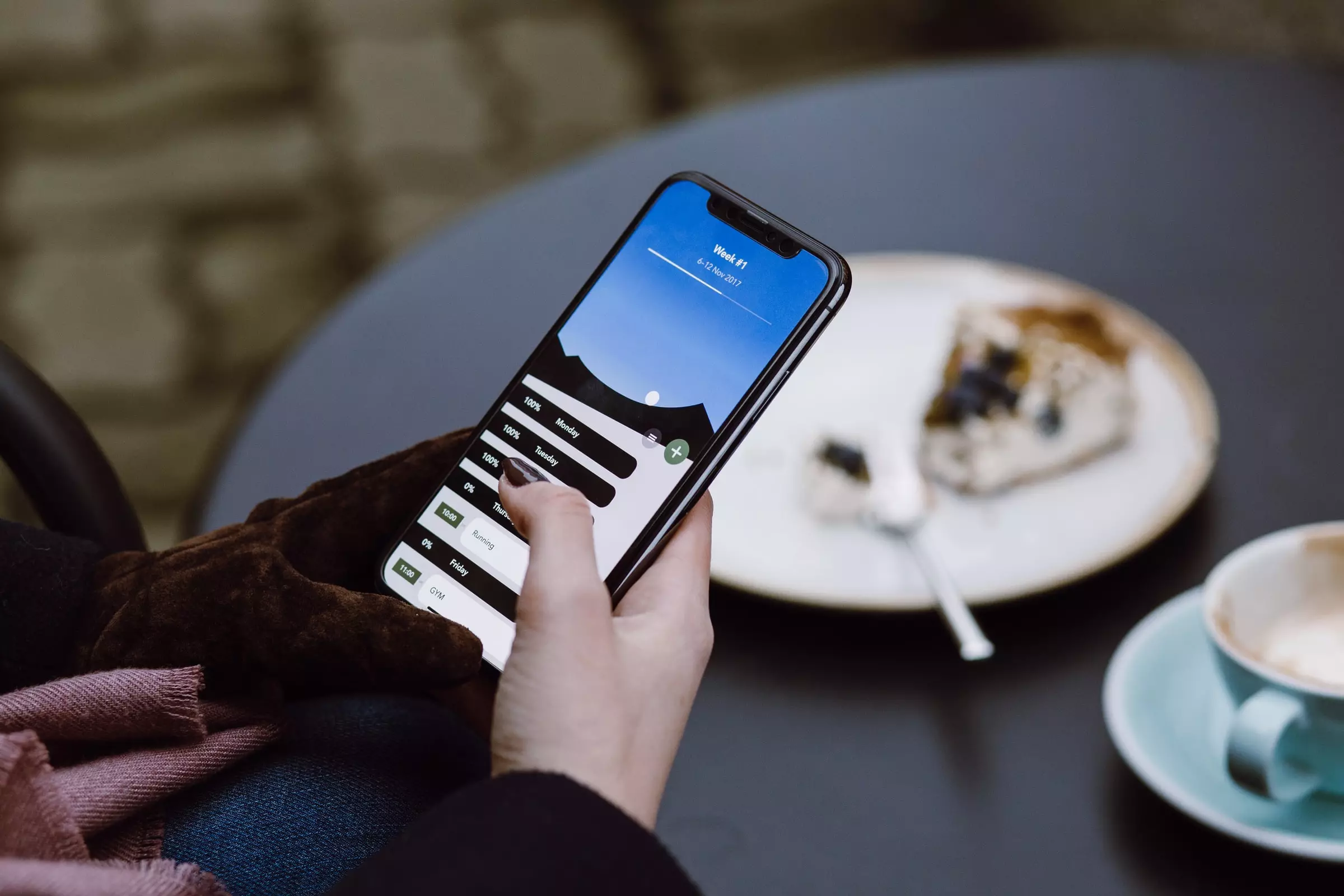What is Mobile First?
The mobile-first approach aims to focus on the mobile user experience. This starts with the initial prototype of the website and extends to the implementation phase in the source code. A mobile-first designer starts by sketching out the mobile layout. Only then will they optimize for increasing screen widths, ensuring a seamless user experience across all devices.
This turns a supposed weakness of mobile devices into their greatest strength: the lack of space due to the significantly smaller screen size means that elementary user needs are brought to the fore.
How did mobile first come about?
Digital user behavior has changed significantly over the years. In the early days of the Internet, the majority of Internet users accessed the World Wide Web via desktop computers, which is why development was primarily for fixed screen widths and desktop devices.
Over time, developers sought to optimize their clients' websites. The approach of optimizing an existing desktop website for mobile devices is therefore known as desktop first.
But not all elements, which were developed for desktop devices, also work on smaller screens. To solve this problem, the Mobile First approach was introduced by Luke Wroblewski. This technique first became known in 2010, when the then CEO of Google announced at a conference that Google would focus more on mobile usability.




